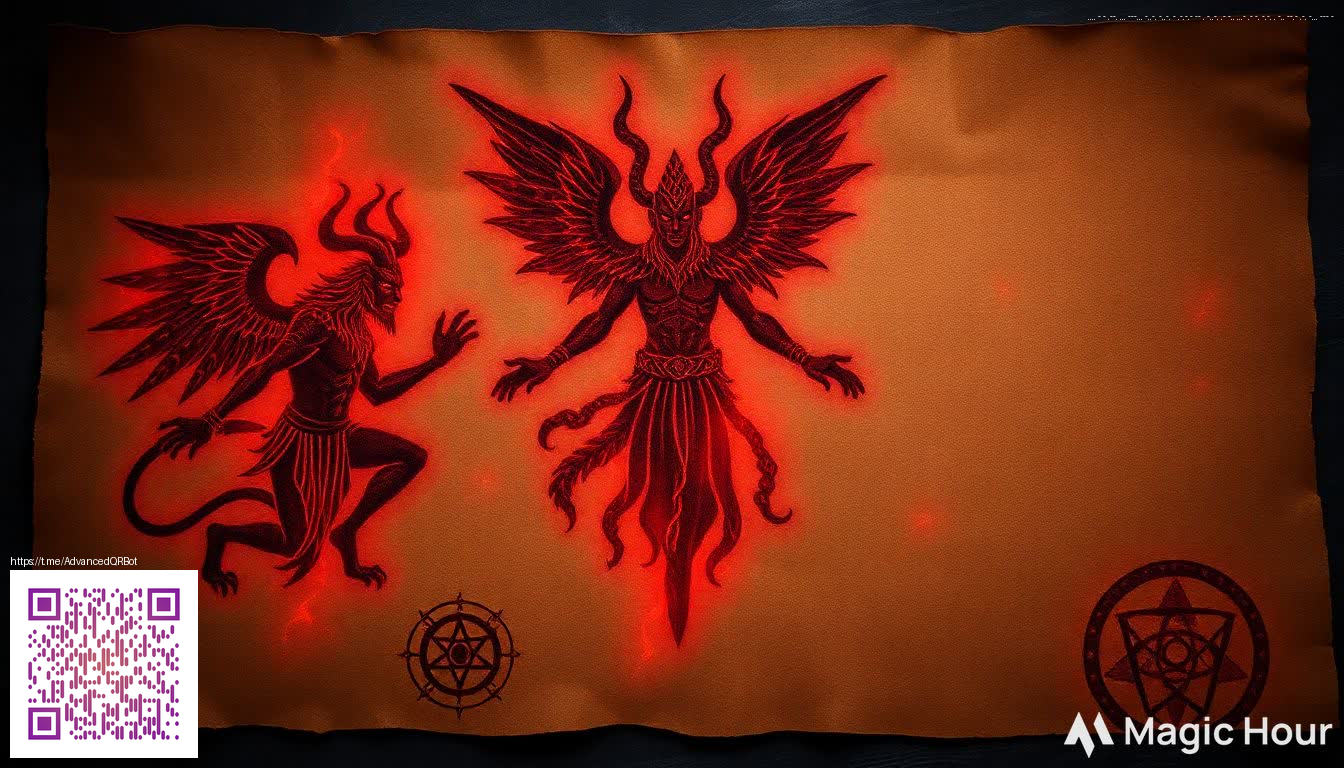
Command Blocks as the Core of Adventure Maps
In vanilla Minecraft the command block is the engine that lets builders tell stories with timing and precision. When you design an adventure map you want players to feel like they are stepping into a living world where actions trigger new rooms, puzzles unlock a path forward, and the environment responds to their choices. Command blocks provide that programmable backbone letting you choreograph events without external mods
Understanding how these blocks work is the first step. A command block is a compact piece of redstone infrastructure that can run a command either once or on a loop. Two important states shape how it behaves in maps: conditional mode and a facing direction. Conditional blocks only run if the previous command in the chain succeeded. Facing determines which way the block looks and how it wires into the next block in the sequence. These states pair with the block’s core properties like a zero hardness a large resistance and a fixed light filter to keep the area visually clean while game logic runs behind the scenes
Getting your first puzzle up and running
Begin with a simple impulse command block to trigger a one off event. Place a pressure plate or a tripwire to activate the block and run a basic command such as a title message or a teleport. This tiny setup teaches you the rhythm of activation and feedback. Next add a chain of blocks to create a short sequence that unfolds when the first block is activated
- Use an impulse command block for the initial action and connect a line of chain blocks to build a clean sequence
- Make the second block conditional so it only runs if the first succeeded
- Orient blocks with a clear facing direction so players can follow the path and the map remains legible
- Incorporate a scoreboard trigger to gate later stages based on player progress
Try a tiny example map where stepping on a plate reveals the next chamber and spawns a puzzle item. A simple /say or /title command communicates progress while a door opens or a chest unlocks. The moment players see a direct cause and effect it strengthens the sense of agency and immersion
Practical design tips for smooth adventure maps
- Plan your flow on paper first and label each stage with numbers so the sequence stays coherent
- Build in a dedicated testing area to verify timing and ensure blocks fire in the expected order
- Color code redstone lines or use signs to indicate what each block does for collaborators
- Use signs and lore to guide players without breaking immersion
Performance matters on large maps. Keep the number of repeating blocks modest or group them into compact loops. If you see lag during testing reduce the tick heavy logic or move it to separate test rooms. Clean wiring with compact layouts makes debugging much easier and invites creative expansion
Advanced tricks and best practices
- Leverage conditional chain blocks to create gated puzzles that only reveal after a set of steps is completed
- Use scoreboard objectives to track player actions and trigger dramatic moments when thresholds are reached
- Employ repeating blocks for ambient effects like magical fog or rotating platforms that update every tick
- Split logic into functions saved in data packs for reuse across maps and creators
Data driven maps opened new doors for creators. With functions you can reuse a complex sequence across multiple rooms rather than duplicating commands. This keeps maps tidy and makes updates easier. When collaborating with others you can share templates that outline a typical adventure flow and then tailor it to your world
Command blocks let you tell a story with timing that feels alive when you mix careful design with clever triggers
For those curious about the hardware and design under the hood the command block in this era carries key traits. It has a deep operational depth yet remains approachable for builders who want to craft their own puzzles. The two state options conditional and facing add nuance to how you chain actions and direct the journey players travel
Beyond the mechanics the culture around command blocks is vibrant and welcoming. Map authors share templates, lighting tips, and walkthroughs across forums and video tutorials. The result is a thriving community that helps new builders go from simple puzzles to sprawling experiences that feel like mini games inside the world of Minecraft
In practice you can blend narrative beats with mechanical puzzles to pace a map from a tense reveal to a satisfying payoff. A well placed command block sequence can reveal lore notes a hidden door and a final boss encounter all in a single cohesive arc
Whether you are crafting a strict puzzle corridor or a story driven exploration map command blocks give you a reliable toolset. They empower you to choreograph encounters control pacing and deliver a memorable adventure for players who crave creative challenges
Growing your craft means testing your ideas in short play sessions iterating based on feedback and expanding your map with new logic blocks as your confidence grows 🧱💎🌲
To support a thriving open community and provide more resources for builders we invite you to join the project fund. Your support helps keep the lights on and fuels collaboration across maps and tutorials
Donation helps power more tutorials keep the lights on for the team and support open community driven projects
If you have enjoyed this guide consider backing our work and joining the open community of builders who share insights and templates for free
Ready to dive deeper tap the link below to support our Minecraft projects and join a growing network of creators
Support Our Minecraft Projects